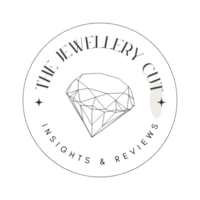Redefine your understanding of coral, as the hardness of coral varies significantly among its types, influencing its use in jewelry. This guide explores coral’s unique properties, ensuring you choose the right piece for your collection.
Understanding the Hardness and Durability of Coral Gemstones
Coral gemstones are cherished for their unique beauty and connection to the ocean. One important aspect of coral that potential buyers should consider is its hardness. Understanding how this aspect influences the usability and maintenance of coral in jewelry can greatly inform your purchase decisions.
Exploring Coral Hardness on the Mohs Scale
When discussing coral, its position on the Mohs scale coral, which ranges from 1 (softest) to 10 (hardest), is particularly relevant. Coral typically falls between 3 and 4 on this scale, indicating a mineral composition that is softer than many popular gemstones. This softer nature makes it more susceptible to scratches and damage compared to other materials like diamonds or sapphires.
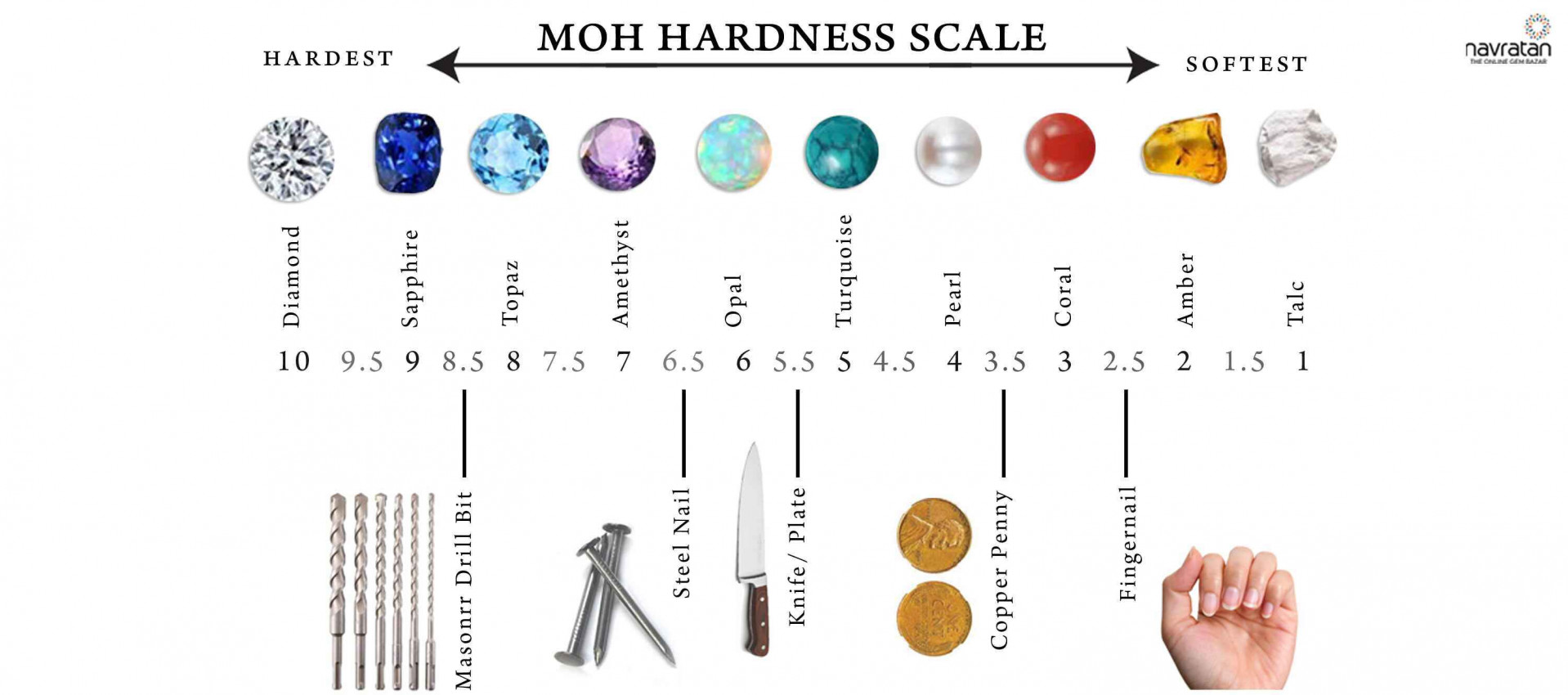
Knowing the hardness of coral is crucial for anyone considering using it in jewelry. While the charm of coral lies in its vibrant colors and organic patterns, its relative softness can limit the types of jewelry settings that are appropriate. Items frequently exposed to wear, such as rings, may require extra care to avoid scratches.
Coral Gemstone Properties and Their Impact on Usage
Aside from hardness, coral possesses unique gemstone properties that contribute to its aesthetic appeal. The intricate textures and hues result from the coral’s biological origin and the environmental conditions in which it grew. Each piece of coral is unique, meaning that even two similar-looking items can have different patterns and textures.
When considering coral jewelry durability, it’s important to understand how these properties can influence how we care for the pieces. For instance, coral can be sensitive to chemicals commonly found in cosmetics and even some cleaning products. This sensitivity necessitates careful handling to preserve its integrity and beauty over time.
Practical Care Tips for Maintaining Coral Jewelry
Taking care of coral jewelry requires specific practices to help maintain its beauty and luster over time. Proper care can mitigate the effects of wear and environmental factors that may compromise the gemstone.
Recommended Care Techniques
To protect your coral, always store it away from direct sunlight and in a clean, dry environment. Avoid keeping it with harder gemstones that could scratch its surface. Instead, consider placing coral in a soft pouch or lined jewelry box when not in use.
Additionally, routine cleaning should be done gently and with a soft, damp cloth. Avoid harsh detergents or chemicals that could damage the coral’s natural properties. This routine will maintain not only the appearance but also the structural integrity of your treasured coral pieces.
Long-term Maintenance Strategies
If you frequently wear coral jewelry, consider scheduling periodic inspections with a professional jeweler to assess its condition. These evaluations can help spot any potential issues early, such as cracks or wear that may not be immediately visible.
By maintaining a consistent care routine and keeping an eye on the condition of your coral, you can enjoy its beauty for years to come. The allure of coral doesn’t just come from its visual appeal; understanding how to care for it enhances its value and longevity.
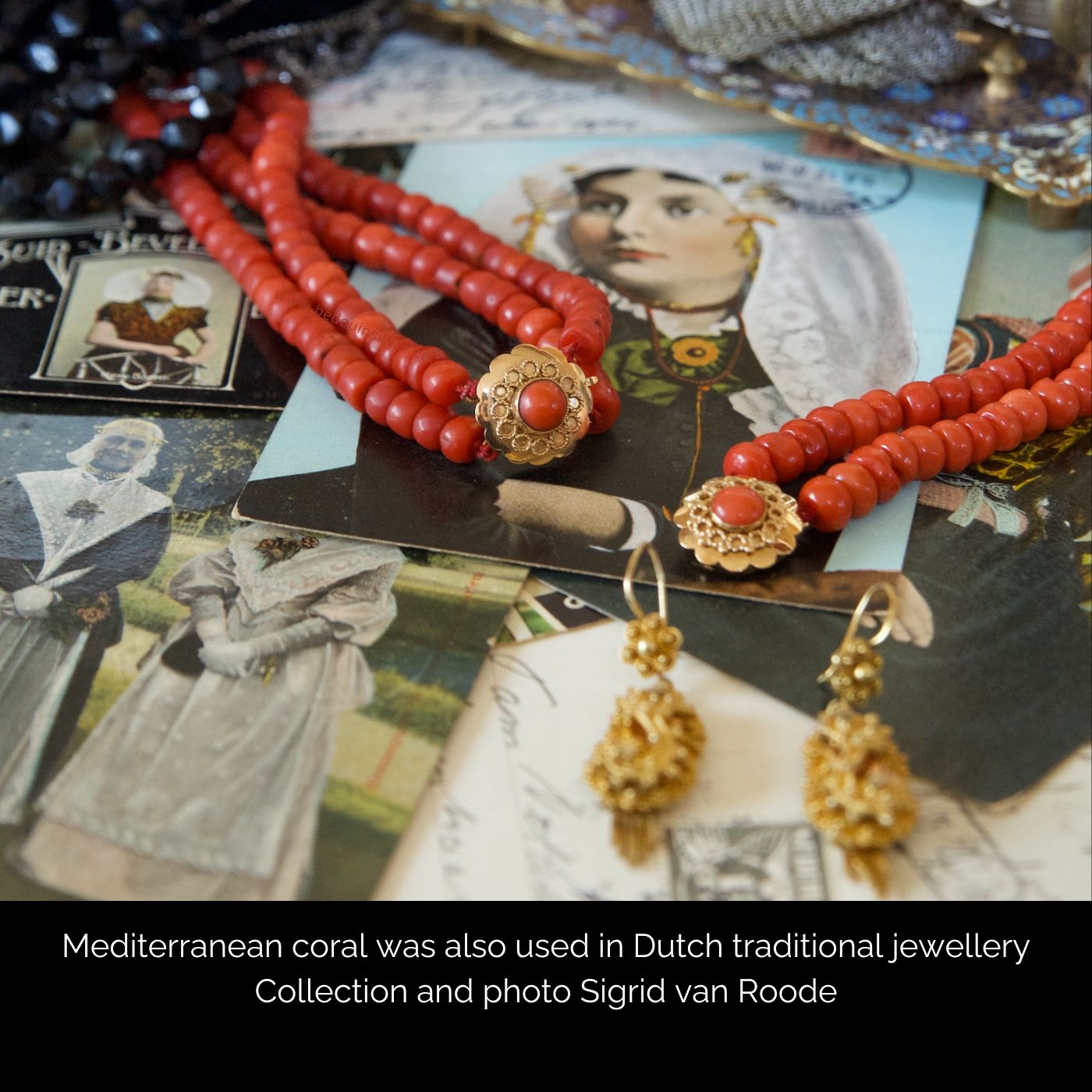
The Unique Symbolism and Meaning Behind Coral Gemstones
Coral has long been associated with various meanings and symbolism across different cultures. Understanding this can add a deeper appreciation for coral jewelry and its potential significance in your life.
Cultural Significance of Coral
Many cultures view coral as a protective stone. It is believed to fend off negative energies and bring about good fortune. For instance, in some Mediterranean societies, coral beads were traditionally worn by mothers and children for protection and health.
In the realm of jewelry, the symbolism of coral extends beyond protection; it also represents strength, transformation, and the connection to the sea. Selecting coral can signify a love for nature and a connection to the ocean, making it a meaningful gift or personal choice.
Modern Interpretations of Coral Symbolism
In contemporary society, coral continues to evoke themes of renewal and resilience. Its organic growth in water reflects adaptability and the ability to thrive in shifting conditions. This symbolism can resonate with those who value personal growth and change.
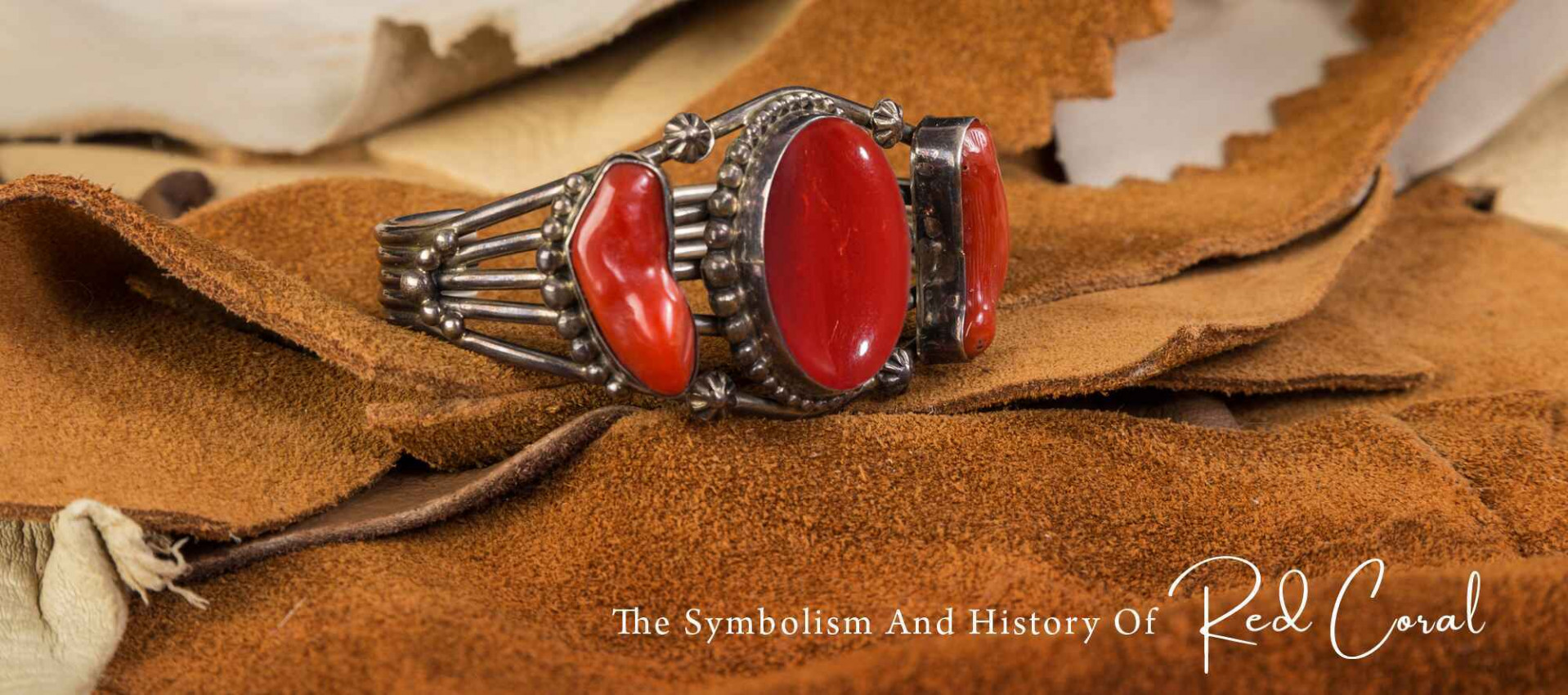
For those who are passionate about marine conservation, choosing coral jewelry can also underscore a commitment to protecting our oceans. Opting for ethical sources of coral gemstones allows you to embrace the beauty of coral while supporting sustainable practices.
An Informed Buying Guide for Coral Gemstones
When looking to purchase coral jewelry, being informed about various aspects of the coral market is essential. Understanding the key characteristics and types of coral gemstones can significantly aid in making a knowledgeable decision.
Identifying Types of Coral Gemstones
Various types of coral gemstones exist, each with distinct features. The most commonly sought after types include red, pink, and white coral, with red coral often hailed as the most valuable due to its rarity and intensity of color.
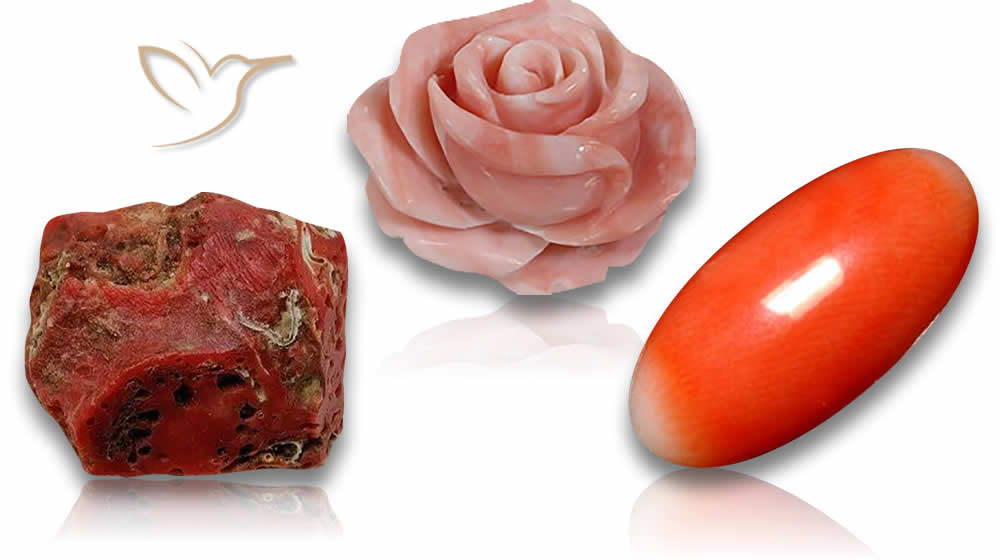
When evaluating coral stone features, check for even coloration, smooth textures, and absence of cracks. Consider the treatment methods—some coral may be dyed or treated to enhance its color, which can affect its value and care requirements.
Tips for Authenticating Coral Jewelry
As the popularity of coral jewelry rises, the market has seen an increase in imitations and substitutes. Authenticity is key, so always ask for certification when purchasing valuable coral pieces. A reputable jeweler should provide details about the origin and treatment of the gemstone.
Additionally, inspect the craftsmanship of the piece. Quality workmanship will often indicate a higher value. Look for smooth edges, uniformity in structure, and carefully crafted settings to ensure you’re choosing a piece that will stand the test of time, both in durability and elegance.
Personalizing your approach to jewelry involves understanding the hardness of coral, which plays a crucial role in its durability and suitability for various designs. This knowledge empowers you to select pieces that are not only beautiful but also resilient, enhancing your jewelry collection with confidence.
